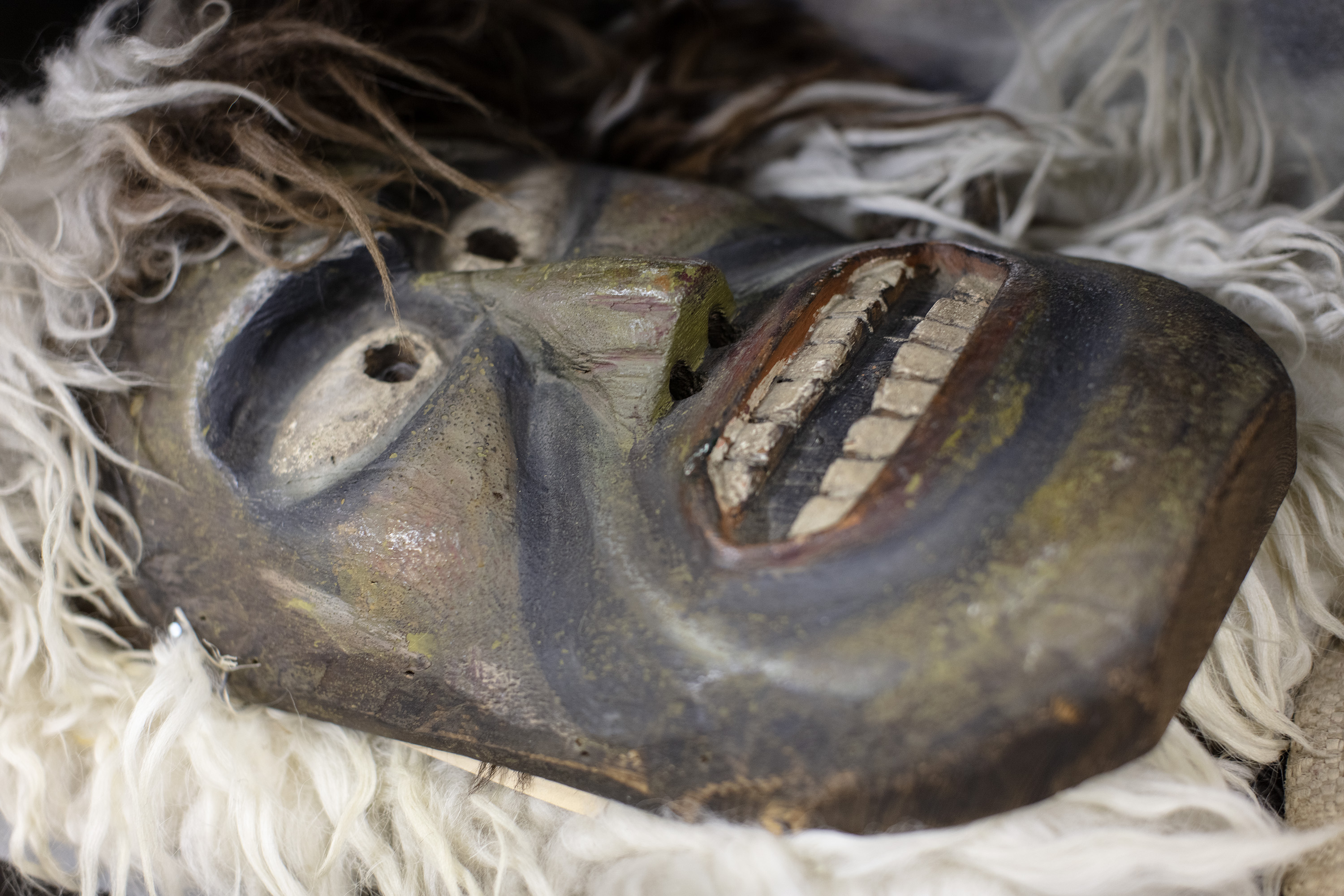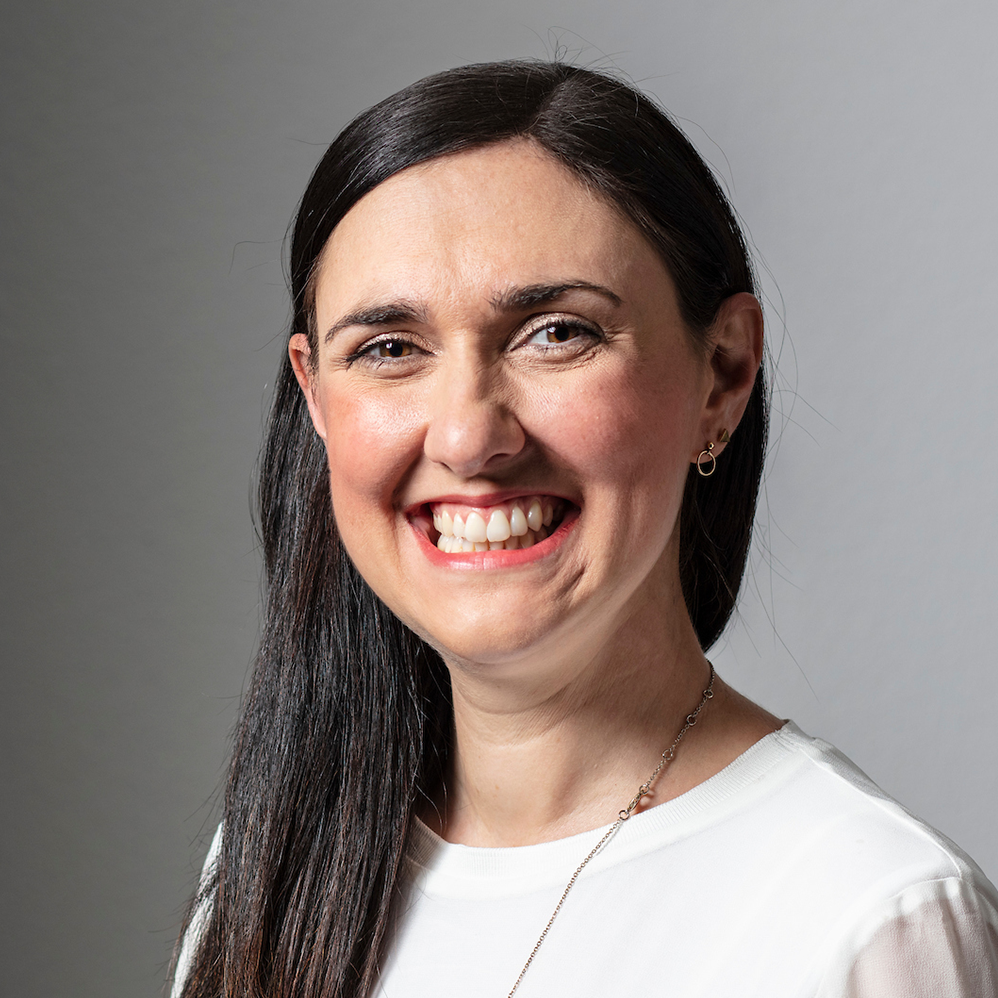Old schoolhouse keeps Audrey Hepburn’s spirit alive

Audrey Hepburn died eight years ago. But her many qualities are still alive for the thousands of admirers who flock every year to the tiny Swiss village of Tolochenaz, where she lived for over 30 years.
Their destination is the Audrey Hepburn pavilion, a simple, white one-storey former schoolhouse. This museum, a place for quiet reflection and fond memories, has become something of a shrine to an actress who was the personification of beauty and elegance, and who became a tireless campaigner for the United Nations children’s agency, Unicef.
Appropriately, the money raised by the pavilion though entrance fees, donations and the limited range of merchandise goes to the Audrey Hepburn Foundation, which helps to fund children’s projects in Switzerland and the developing world. Last year, it donated over SFr 100,000 to good causes in Mozambique and Peru.
The pavilion was created almost five years ago as this village in the sleepy canton Vaud countryside, just outside the town of Morges, struggled to cope with the volume of visitors making the pilgrimage to the home of their idol.
Despite low-key marketing and a limited budget, the pavilion is now known throughout the world. Since 1995, 20,000 people have visited the centre. “People come from literally every continent. The name Audrey Hepburn still evokes enormous love and respect,” says Franca Price, director of the Audrey Hepburn Foundation in Switzerland.
That is borne out by the guest book. Its messages bear testimony to the way the actress and humanitarian campaigner touched people’s lives: “Audrey Hepburn had a big heart, she inspired me to be who I am”, “A beautiful place for a beautiful lady”, “Audrey, I think of you so often. She was a magnificent woman”.
Messages in Japanese
A large proportion of the messages are written in Japanese, as around 70 per cent of the people who visit this shrine come from Japan. Many make a special stopover in Geneva simply so they can spend an hour or so paying homage to the star.
“From the time she appeared in Roman Holiday, she was Japan’s favourite actress. And she remains Japan’s favourite actress,” Price says. “The Japanese are devoted to Audrey Hepburn. For them, she is the epitome of beauty, simplicity and absolute purity.”
The exhibits are special because they virtually all belonged to Audrey Hepburn herself and were lent by her sons, Sean and Luca. They include rare family and studio photographs, original posters of all her films, letters from fellow stars and the many awards she won – including her two Oscars.
Dresses from Givenchy
The exceptions are four dresses donated by Hepburn’s close friend, the couturier, Hubert de Givenchy, for whom the actress was something of a muse. Hepburn had it written into her film contracts that at least one costume should be designed by Givenchy.
These four outfits include the breathtakingly simple black tube dress Hepburn wore in the opening scene of Breakfast at Tiffany’s. “It’s perfect. It’s just so incredibly her,” Price says. “It’s an absolute privilege to touch and see it.”
The two-room museum is staffed by unpaid volunteers, who are more than happy to open the pavilion to visitors outside the normal visiting times.
“There’s a tremendous amount of spontaneous goodwill,” says Price. “Many of the volunteers knew Audrey personally. She really is on a pedestal for them, although she never acted like the big star. She was an incredibly modest, discreet and kind person. She was always there if someone needed help.”
The museum is surrounded by orchards and birdsong and it is easy to see why Hepburn chose to return to the peace and tranquillity of Tolochenaz whenever she had completed a film or returned from a humanitarian mission.
Goodwill ambassador
Much of the museum is devoted to her film career. The poignant final section, though, deals with her final years, when Hepburn, herself a child refugee in Nazi-occupied Holland, became a goodwill ambassador for Unicef.
In the five years before her death from colon cancer in 1993, she made over 50 trips to some of the poorest parts of the planet. It was a far cry from the red carpets and limelight of Tinseltown.
Alongside pictures of her with starving children in Bangladesh or Somalia is the Academy Award she received for her lifetime achievements in film and for her humanitarian work. That Oscar was collected by her son, Sean, as the actress was too ill to go to Los Angeles in person.
It says much about the person that, in her latter years, the name Audrey became as synonymous with the rights of Third World children as it did with Eliza Dolittle or Holly Golightly.
by Roy Probert

In compliance with the JTI standards
More: SWI swissinfo.ch certified by the Journalism Trust Initiative








You can find an overview of ongoing debates with our journalists here . Please join us!
If you want to start a conversation about a topic raised in this article or want to report factual errors, email us at english@swissinfo.ch.